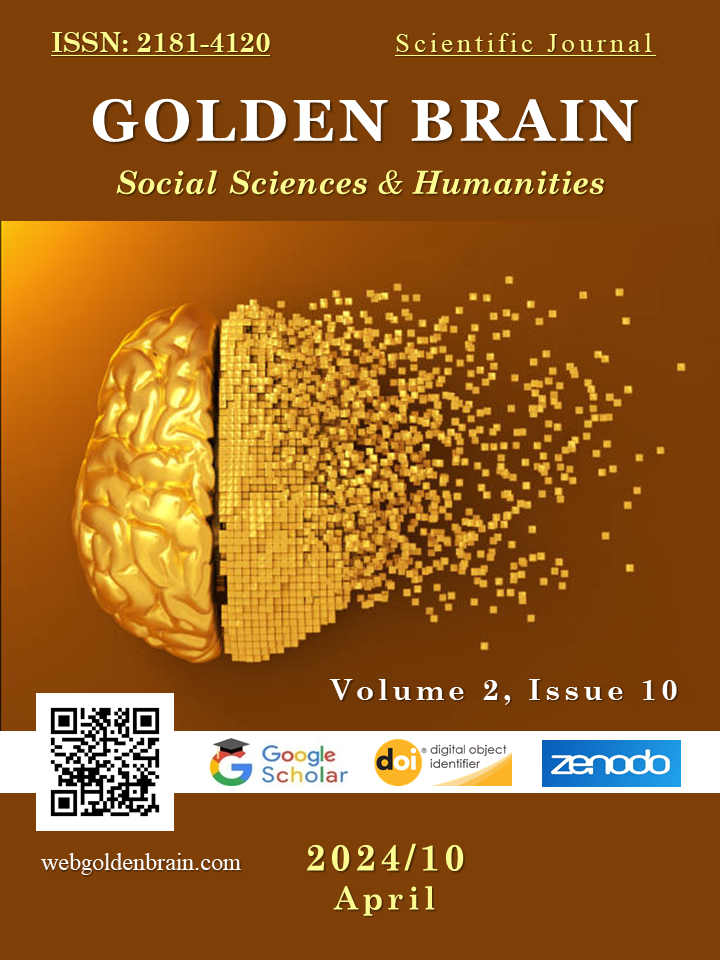SEMANTIC ANALYSIS OF FLORA REPRESENTATIONS IN ENGLISH, AFRICAN AND CHINESE RIDDLES
Main Article Content
Abstract
Plants, with their diverse forms and symbolism, have long been a source of inspiration and intrigue in human culture. This article delves into the fascinating world of plant imagery within the context of riddles, examining the semantic fields associated with botanical motifs. Through an IMRAD (Introduction, Methods, Results, and Discussion) structure, this exploration aims to unravel the symbolic significance and linguistic nuances embedded within plant-themed riddles.
Article Details

This work is licensed under a Creative Commons Attribution 4.0 International License.
How to Cite
References
Annikki K. B. The Riddle: Form and Performance // Humanities. 2018.
Ageeva I. D. New riddles about words. Moscow: Sphere, 2003.
https://www.europeanproceedings.com/article/10.15405/epes.22104.43
Saparniyazova M. Syntactic-semantic features of Uzbek folk riddles: Abstract of the dissertation of the candidate of philological sciences. Tashkent, 2005.
Miaja, M. Riddle. Meaning and survival. Spain: Miguel de Servantes Virtual Library. 2008.
Khayrieva M.I. GUIDELINES FOR COMPLETING TASKS IN INDEPENDENT WORK FOR STUDENTS OF LINGUISTIC UNIVERSITIES // Galaxy International Interdisciplinary Research Journal 12 (1), 336-339
Khayrieva M.I. THE PROBLEM OF INTERFERENCE IN LEARNING AND TEACHING LANGUAGES // Web of Teachers: Inderscience Research 1 (8), 126-130
Zagryazkina, T. Yu. (2019). Fenomen frankofonii: ot universalizma k kul’turnomu raznoobraziyu. [The Phenomenon of Francophonie: From Universalism to Cultural Diversity]. Vestnik Moskovskogo universiteta. Seriya 19. Lingvistika i mezhkul’turnaya kommunikatsiya, 2, 9-23.
